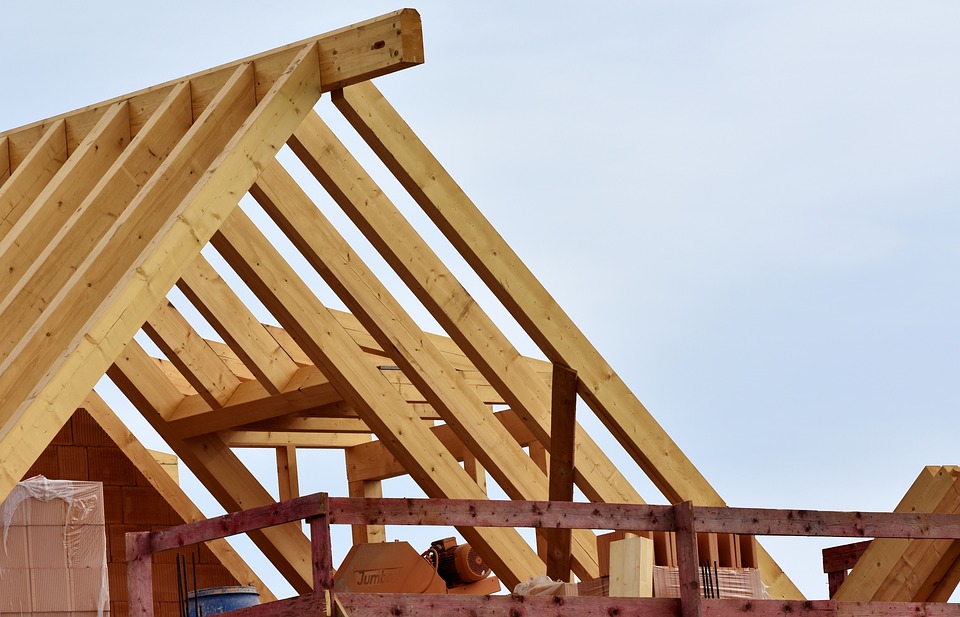Home builder sentiment has fallen to its lowest level since August 2020 due to rising construction costs pushing new home prices up. That has left some buyers sidelined while making it more difficult for builders to secure loans.

The National Association of Home Builders/Wells Fargo Housing Market Index fell by two points to 81, below a recent record high of 90 last November. However, anything above 50 is still considered to be positive.
Builder’s confidence fell due to rising material prices amid shortages, especially the declining availability of lumber, said NAHB Chairman Chuck Fowke in an interview with CNBC.
“These higher costs have moved some new homes beyond the budget of prospective buyers, which has slowed the pace of home building,” he added. “Policymakers need to focus on supply chain issues in order to allow the economic recovery to continue.”
The index is made up of three components. Current sales conditions fell by two points to 86, while sales expectations for the next six months also dropped two points to 79. The third component, buyer traffic, lost to points and fell to 71.
Skyrocketing lumber prices have become a big issue in the construction industry, leading to higher prices and longer shipping times. NAHB Chief Economist Robert Dietz told CNBC that rising materials costs have also contributed to problems with the appraisal process, making it more difficult for builders to secure the loans they need to finance new projects.
“You need an appraisal to get the bank loan,” Dietz said. “But the appraisal for the eventual home sale price comes in lower than your costs because appraisals have tended to lag where market prices and construction costs are.”
Dietz added that builders have tried several strategies, such as price escalation causes to cope with sudden rises in material costs and shortages of labor and lots, that has only resulted in sidelining numerous would be buyers.
In March it was reported that lumber prices had more than quadrupled since April 2020, up to a record high of $1,500 per thousand feet board. Experts have calculated that lumber alone accounts for $36,000 of the final price of the median home.
Lumber prices have since declined by about 10% from that peak but they remain a whopping 300% higher than the 15-year average, CNBC reported. Costs for other materials remain higher than normal too, and deliveries are still being delayed amid tight supplies.
Builders naturally pass on most of these additional costs to buyers. So the median price of a new home in April was up 20% compared to the same month one year ago, HousingWire reported, citing U.S. Census Bureau data.
David Logan, senior economist and director of tax and trade policy analysis at the NAHB, said that in order to get back to normal, it’s essential that COVID-19 vaccination programs continue at their rapid pace. That will help more people get back to work and hopefully lead to more availability and faster delivery times for lumber and other building materials he said.
“Really, it’s going to take the working share of the population getting vaccinated and back to work for things to really improve,” he explained.
In the meantime, the struggle continues. On a regional basis, home builder sentiment remains high in the West at 90, and in the South with a score of 85. The Northeast and Midwest both saw significant falls in home builder sentiment though, falling by four and three points, respectively, to 82 and 75 points.